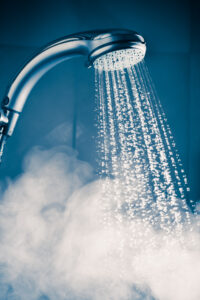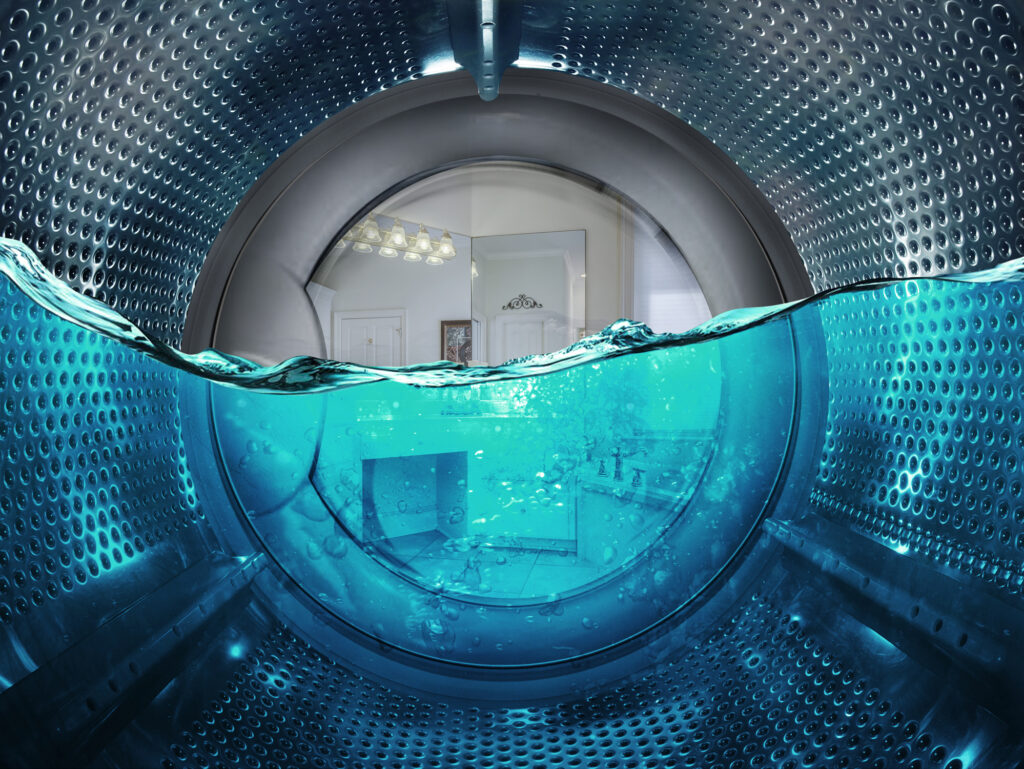Water Conservation
What does it mean when LCA asks customers to conserve water?
LCA may request that customers conserve water when there is maintenance work on a water storage tank or other work required that does not involve a complete shutdown of water service, but conservation will be helpful. We will also ask customers to conserve water if there is a drought declaration in our service areas. Limiting continuous water use activities can help LCA manage water supply, pressure, and service interruptions.
LCA will typically request that customers conserve water until we notify them conservation is no longer needed.
SAVING WATER IN THE BATHROOM
Check your toilets for leaks.
Place a few drops of food coloring in your toilet tank (behind the toilet). If, without flushing, the color begins to appear in the bowl, you have a leak that should be repaired immediately. Watch our helpful video to learn how to dye test your toilets.
Consider a water-saving toilet
While a conventional toilet uses 5 to 7 gallons per flush, water-saving toilets use just 3 gallons or less per flush. They’re now widely available and are even required in all new home construction and renovation. When you’re shopping for water-saving fixtures, look for the EPA WaterSense label.
If you have an older toilet and don’t want to replace it with a water-saving toilet, consider placing a bottle filled with sand or pebbles in the tank behind the toilet bowl. Place the bottle away from any moving mechanism inside the tank. This will displace a certain amount of water in the tank and will save water with each flush.

Take short showers and shallow baths.
Long, hot showers can waste 5 to 10 gallons every extra minute. And don’t forget the additional cost of heating all that water! Save water by taking shorter showers instead of filling a bathtub, and consider installing a low-flow shower head. If you must take a bath, fill the tub only part way.
Install water-saving showerheads or flow restrictors.
Your local hardware or plumbing supply store stocks inexpensive water-saving showerheads or restrictors that are easy to install. A low-flow showerhead uses only 2 to 3 gallons of water per minute.
Turn the water off while brushing your teeth and shaving.
Many gallons can be lost if you allow the water to continue running.
SAVING WATER IN THE KITCHEN
If you have a dishwasher, only use it with full loads.
A dishwasher can use 15 – 30 gallons per load. But if used properly, a dishwasher can use less water than if you were to wash all your dishes by hand. Run the dishwasher only when it’s completely full.

Only wash full loads of laundry.
A washing machine uses 25 – 40 gallons per load, so don’t waste water on a small load of laundry. Also, if you’re replacing a washer, consider buying a front-loading machine, which will typically use less water than a top-loading model.
Keep a pitcher of water in the refrigerator for drinking.
Instead of running water from the tap until it’s cold when taking a drink of water, consider pouring tap water into a pitcher and cooling it in the refrigerator. Besides saving water, you’ll also enjoy cold, great-tasting water whenever you want it. The chlorine used to disinfect your water will dissipate over time as it’s refrigerated, so the chlorine taste some people notice in the water straight from the tap will go away if you refrigerate it first!
Check pipes and faucets for leaks.
Even the smallest drip from a worn washer can waste 20 or more gallons a day. Larger leaks can waste hundreds!
SAVING WATER OUTSIDE
Water your lawn only when needed.
A good way to see if your lawn needs watering is to step on the grass. If it springs back up when you move, it’s healthy and doesn’t need water. If it stays flat, a good watering may be in order. However, keep in mind that many residential lawns can survive most of the drought conditions we’re likely to face here in the Lehigh Valley. While your grass may dry up during a hot, dry summer, it will bounce right back into a full green lawn with a little rain from Mother Nature.
Water during the cool parts of the day.
Early morning is generally better for lawn watering than dusk because the sunshine of the coming day helps to prevent the growth of fungus, yet it avoids the hot part of the day when most water evaporates.
Don’t water the gutter.
Position your sprinklers so water lands on the lawn or garden, not a paved area. Also, avoid watering on windy days when the water could blow to an area that doesn’t need watering.
Refrain from washing cars, boats, campers, or other vehicles.
Use a broom, not a hose, to clean driveways, sidewalks, and porches.
Use an automatic shut-off nozzle on your hoses.